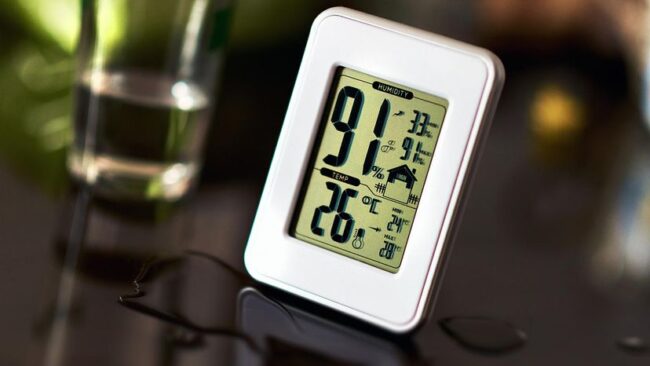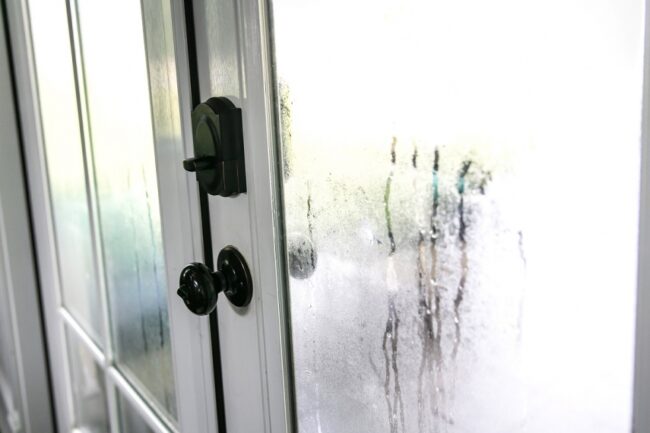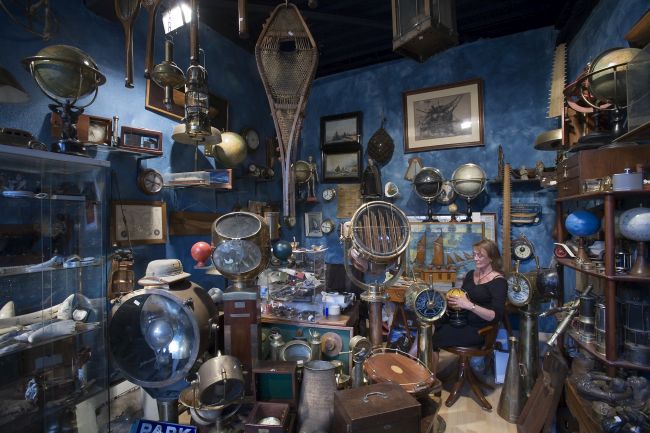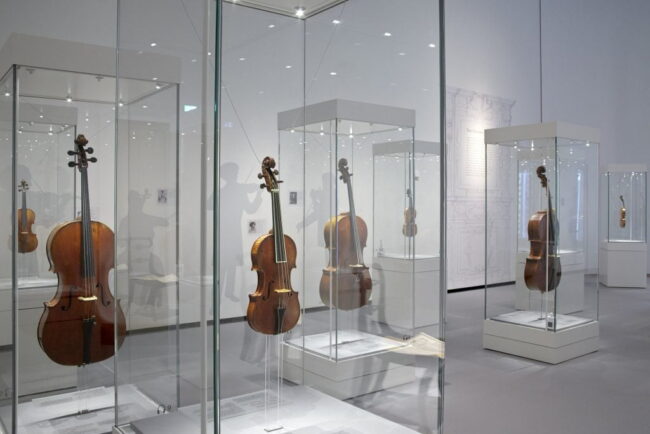Have you ever wondered why your precious artifacts, artworks, or antiques sometimes degrade faster than expected? The culprit might be lurking right in the air you breathe humidity. The moisture levels in the air can dramatically influence the preservation of delicate items.
This article explores how to monitor, control, and adapt to fluctuating humidity levels, establishing optimal conditions for your valuable possessions.
Monitoring Levels: Tools and Devices

Harnessing the right tools forms the bedrock of any successful humidity control strategy. Hygrometers, devices that measure humidity, provide valuable insight into your environment’s moisture levels.
These tools, often digital and easily available online, give accurate, real-time readings. Some even offer alerts when it exceeds or falls below set thresholds, ensuring immediate action can be taken. It’s essential to place these devices close to your valuable objects to get accurate, location-specific readings.
Though hygrometers form the backbone of your toolset, they are not alone in this battle against unpredictable moisture. Environmental data loggers, small electronic devices that record environmental conditions over time, offer a more comprehensive understanding. They track changes in humidity and temperature, providing invaluable long-term data.
This can highlight patterns, revealing if your home or storage environment experiences regular fluctuations, guiding your moisture control strategies. Large environmental chambers are another amazing solution for more serious scenarios.
Tips for Increasing in a Controlled Manner
Dry climates or winter seasons can suck moisture out of your environment, potentially damaging sensitive objects. A straightforward solution involves using humidifiers, which emit a fine mist of water into the air, gradually increasing humidity levels.
These appliances come with adjustable settings, allowing you to control the moisture output based on the needs of your delicate items.
One mustn’t forget the power of natural solutions. Strategically placing water basins near heat sources, like radiators or vents, can boost humidity through evaporation. Similarly, indoor plants also emit moisture into the air—a process known as transpiration—effectively acting as organic humidifiers. However, these techniques require careful monitoring to avoid creating overly damp conditions.
Tips for Decreasing in a Controlled Manner

High humidity is equally damaging, causing swelling, mold growth, and other detrimental effects on precious items. An effective line of defense is a dehumidifier, which removes excess moisture from the air. This device is especially useful in damp basements or regions with a humid climate, where humidity levels regularly spike above 60%.
Alongside dehumidifiers, consider moisture-absorbing products like silica gel, often used to maintain optimal conditions within confined spaces. Placed inside display cases, storage boxes, or closets, these desiccants soak up excess humidity, providing localized moisture control.
For larger spaces, improving ventilation—perhaps by installing exhaust fans or vents—can be an effective tactic in maintaining balance.
Dealing with Seasonal Changes
Seasonal fluctuations in humidity present a unique challenge. Summer months typically bring higher levels, while winter often sees a drop. The key here lies in anticipation and adaptation.
By examining patterns in your environmental data logger, you can predict these shifts and adjust your control strategies accordingly.
Your arsenal for tackling seasonal shifts may already include humidifiers and dehumidifiers. Yet, passive methods can also be effective.
During high-humidity summers, leverage natural ventilation, perhaps by opening windows in the cooler morning hours. In the drier winter months, consider limiting the use of heating systems that can dehydrate the air, and explore using humidifiers or water basins for mild augmentation.
Creating Microenvironments for Specific Objects

Certain artifacts, such as musical instruments, fine art, or antiques, may have unique humidity needs. Crafting microenvironments allows for precise control over the conditions surrounding these precious items.
For instance, placing items inside airtight display cases or storage boxes alongside stabilizers like silica gel can maintain a constant moisture level.
Adopting specialized storage materials can further optimize these microenvironments. Acid-free paper or boxes, for instance, can prevent chemical interactions between stored objects and their environment.
By controlling the environment on a smaller scale, you can ensure that each object receives the care and attention it needs, regardless of broader environmental conditions.
Preventing Condensation and Mold Growth
Condensation and mold growth can be devastating for delicate objects. The former can lead to water damage, while the latter can degrade materials and pose health risks.
To prevent condensation, it’s critical to maintain a consistent temperature, as fluctuations can cause warm, moisture-heavy air to cool and condense.
When combatting mold, controlling humidity is your primary defense. Keeping moisture levels below 60% can significantly reduce the likelihood of mold development.
Regular cleaning and inspection of stored items can help spot early signs of mold, allowing for swift removal and prevention of further spread.
Storage Spaces
The location and design of your storage spaces can substantially impact their humidity levels. For instance, basements—often cooler and less ventilated—can be more humid, while attics—typically warmer—may be drier. Understanding these tendencies can guide your selection and preparation of storage spaces.
Adapting these spaces can further aid humidity control. Incorporating humidity-absorbing materials into the space, such as calcium chloride-based wall paint, can help maintain a balanced environment.
Pairing this with the right combination of active (dehumidifiers) and passive (ventilation) strategies can create a storage space conducive to preservation.
Display Cases and Cabinets

When showcasing valuable items, display cases and cabinets act as the first line of defense against humidity. Selecting units with built-in hygrometers can enable real-time monitoring of conditions.
Sealed or airtight cases can help maintain stable environments, especially when paired with stabilizers.
Remember, the material of the case or cabinet also plays a role. Wood, for instance, can absorb and release moisture, impacting the case’s internal humidity.
Choosing materials less susceptible to these effects, or treating wood with moisture-resistant sealants, can further enhance your control over these display microenvironments.
Wrapping Up Our Deep Dive

Navigating the intricate dance between delicate items and their surrounding humidity can be daunting. However, with the right tools, strategies, and a keen eye on changing conditions, you can create an environment where your valued possessions can withstand the test of time.
Always remember: every artifact is unique and may need different care. With patience and persistence, you’ll be well on your way to preserving these treasures for generations to come.
